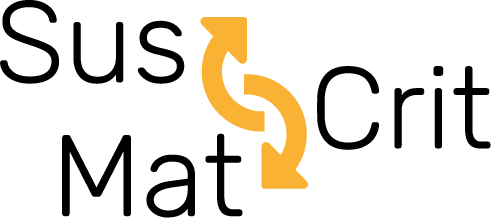In a world where demand for materials continues to grow, but primary supply is limited, Amund Loevik from Empa discusses secondary sources or the “urban mine”: recycling materials in manufactured goods. He explains why characterizing the urban mine is necessary to solve the problem of recycling materials from highly complex and diverse goods, and shows how this approach can increase the currently too low recycling rate. This is the topic of this module.
Module description
Urban mining is not a new activity: humans have been recycling metals and glass for almost as long as they have produced them (thousands of years). What is new is that we are producing and using a large number of materials that are not recovered to any significant extent after use.
The Urban Mine is very different from geological mines, e.g. being spatially distributed and consisting of very complex assemblies of completely different materials. This makes recycling challenging both from a technical and an economic perspective.
Lack of knowledge about the Urban Mine is another reason for the current low recycling rates of many metals.
Characterization of the Urban Mine is done at a high level to identify opportunities for recycling. Once opportunities have been identified, e.g. by identifying the products that are responsible for the largest mass flows, more detailed characterization can be useful to define specific recycling strategies such as dismantling of components that are hotspots of critical metals use.
Large amounts of data relevant for characterizing the urban mine exist, but usually for other purposes. Much better characterization of the urban mine would be possible if we could find ways to utilize all the information that already exists (e.g. among manufacturers of products).
Learning objectives:
- An understanding of the motivation for characterizing the urban mine and how this can contribute to improved recycling rates for many materials
- An overview of general approaches for characterizing the urban mine on different levels: system, stocks and flows, and products and wastes
- An impression of the current state of knowledge and data availability about the urban mine through examples
- Knowledge of various challenges related to characterizing the urban mine, especially related to data availability and harmonization
Teaching materials


